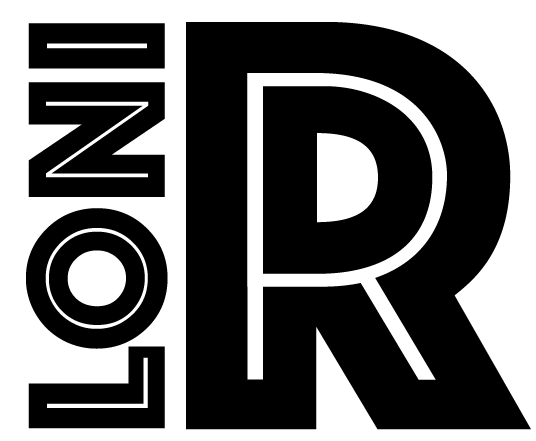Part I (Coronal Plane)
- Begin in the most anterior slice of the brain
- Move posteriorly until the olfactory sulcus appears. (Fig. 1)
-
- Every slice anterior to this slice will use the superior medial orbital gyrus as a boundary . These slices will be traced by following the frontal marginal sulcus to its tip, then move medially along the superior side of the medial orbital gyrus until reaching the longitudinal sulcus. (Fig. 2). The most anterior slices will be traced by simply following the frontal marginal sulcus all the way to the its intersection with the longitudinal sulcus.(Fig. 1a).
- For every slice posterior to and including this slice, the olfactory sulcus will be the medial border of the Orbital Frontal Cortex. (Fig. 1).
- Move to slice where olfactory sulcus first appears. Trace olfactory to tip and then move laterally to the tip of the closest sulcus. The sulcus may be the frontal marginal sulcus or it may be a sulcus stemming from the inferior cortex of the frontal lobes. If the closest sulcus is not the frontal marginal, then continue tip-to-tip lateral movement until the frontal marginal is reached. Moving posteriorly, repeat these steps until the lateral orbital sulcus begins first shows. The slice in which it is clearly visible, begin tracing from olfactory and then move laterally, tip-to-tip, and ending at the lateral orbital sulcus. (Fig. 3).
- Continue same process as the lateral orbital sulcus becomes the horizontal ramus of the lateral fissure. (Fig. 4) and (Fig. 5). Continue same process again as the horizontal ramus of the lateral fissure becomes the circular insular sulcus. (Fig. 6). Continue tracing from olfactory to the circular insular sulcus to the most posterior slice at which both sulci are visible.



